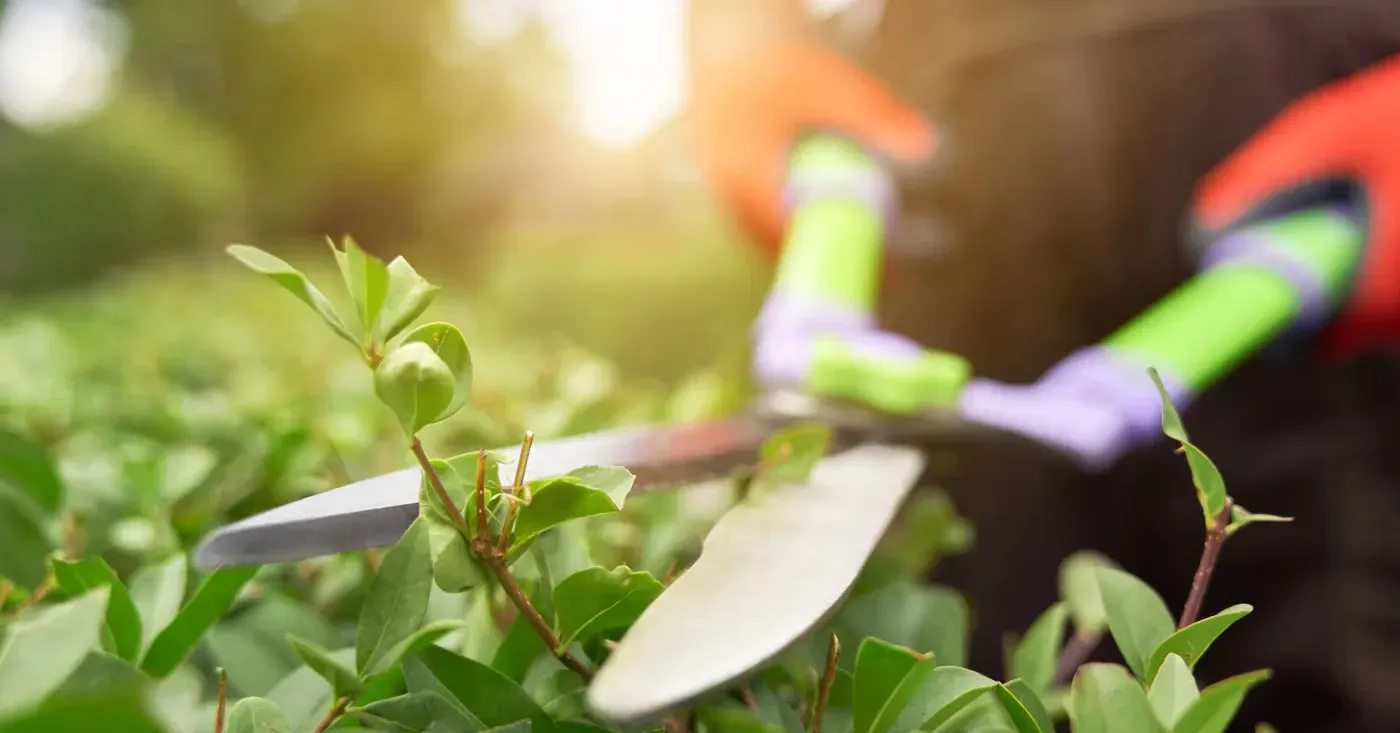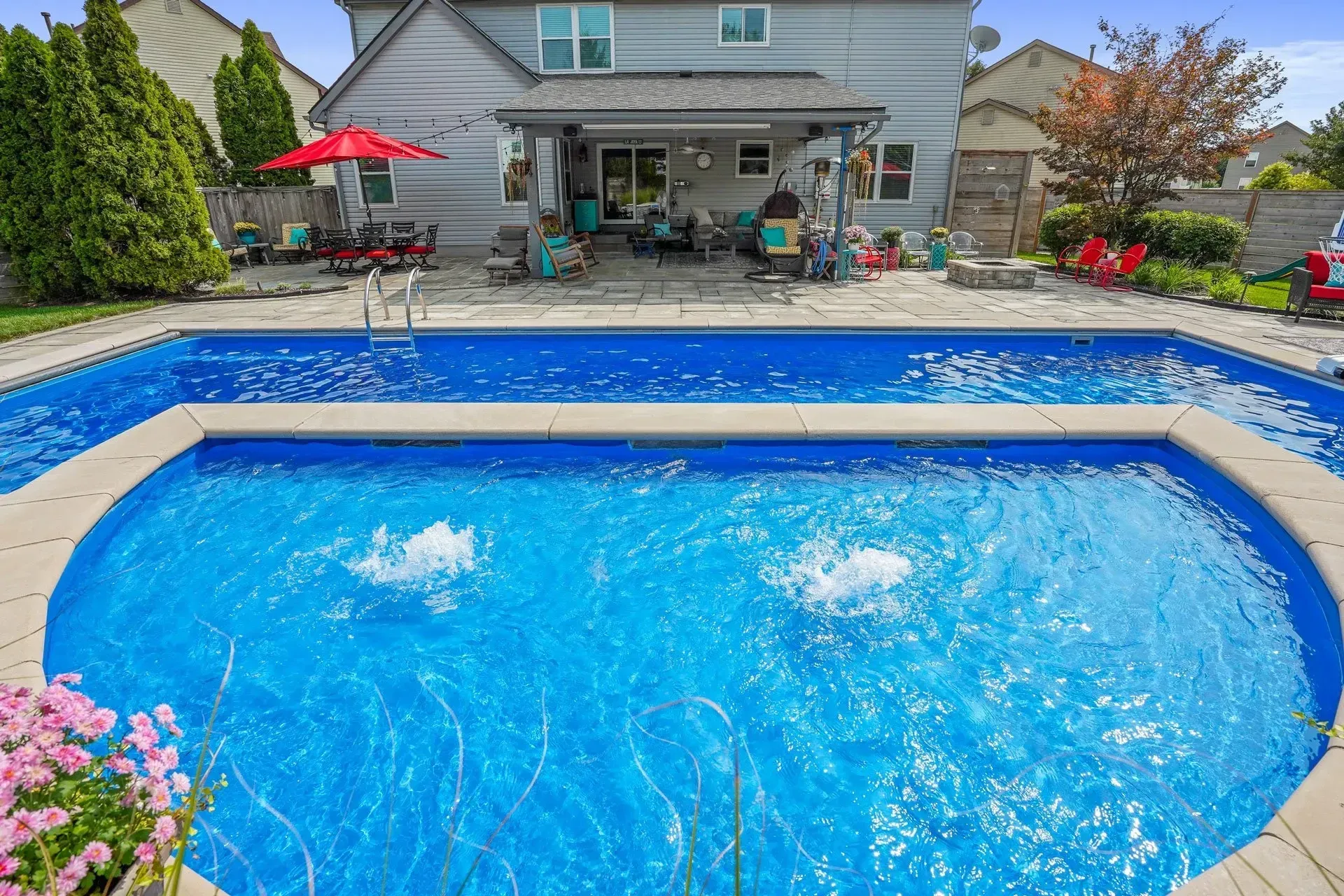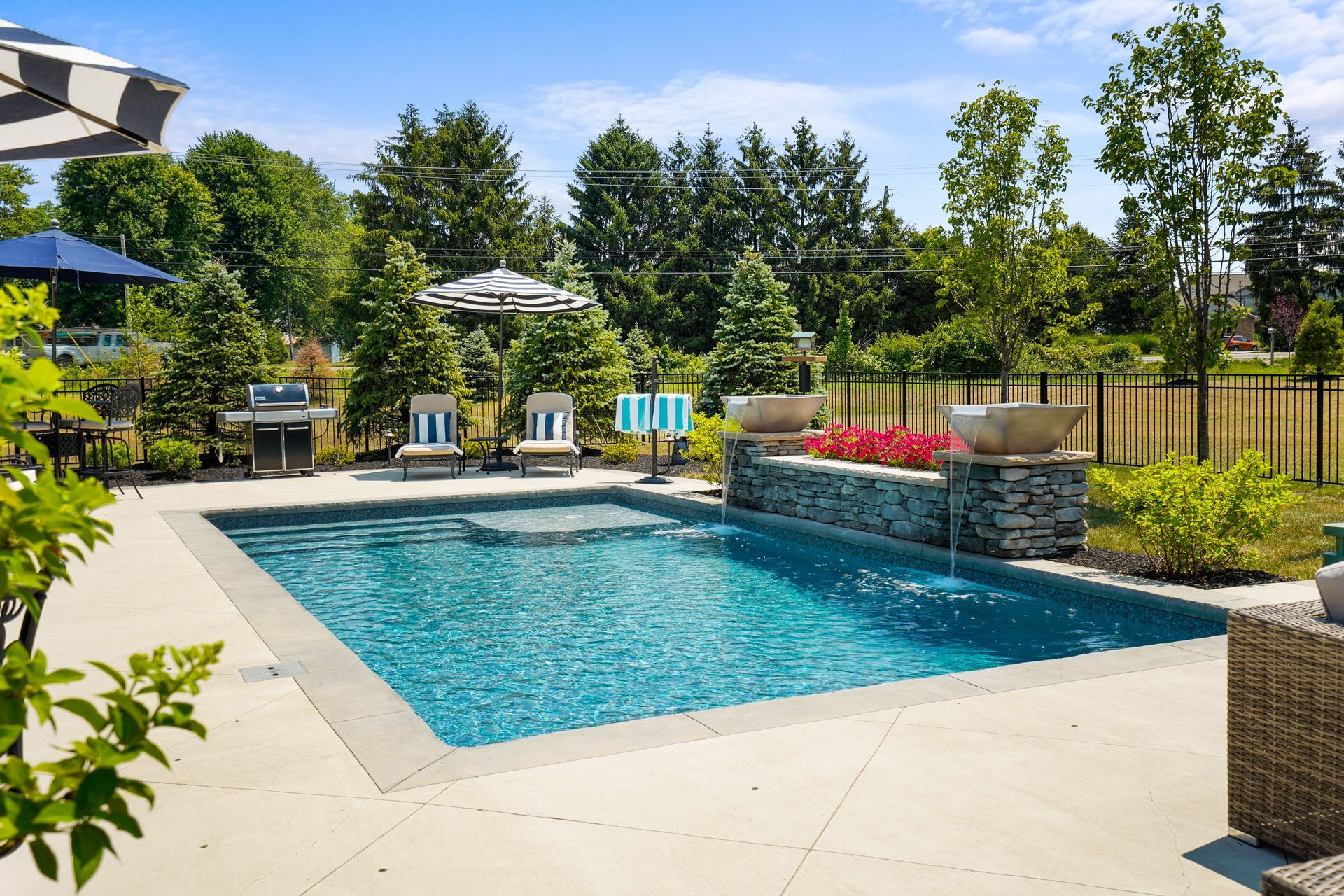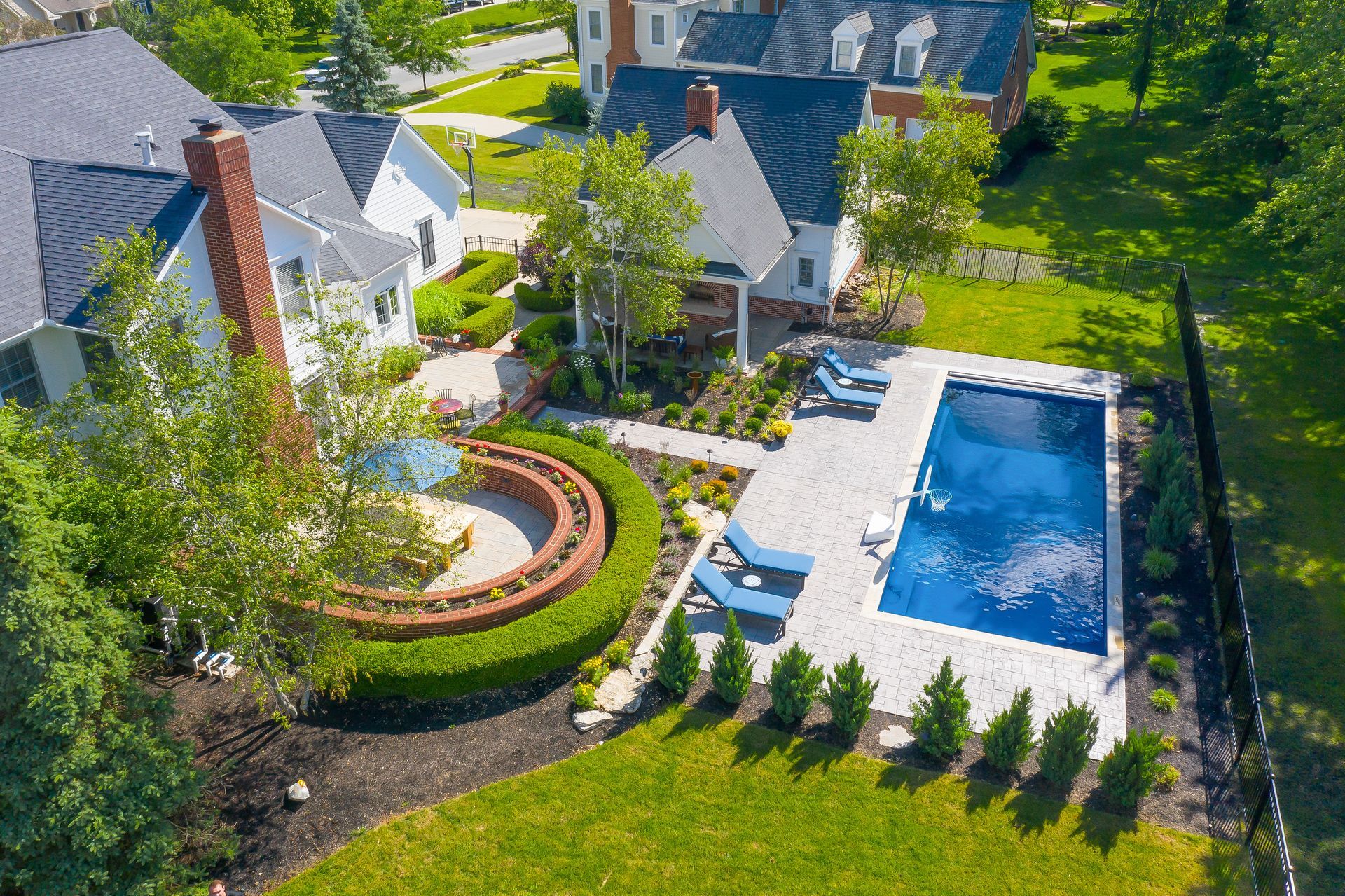How to Keep Your Lawn and Garden Tools in Good Condition

Spring is about to start, and it will soon be time to get out all of your yard and garden tools. If you are like many of us, nothing pertaining to your garden has seen the light of day since last fall. In some cases, you’ll have some repairs and maybe even some replacing to do, but most of your equipment should be emerging from your garage or shed relatively unscathed. Here are some great pointers on keeping your lawn and garden tools in good condition throughout the spring, summer, fall, and winter.
Do Basic Maintenance Before You Use Your Tools
For your lawnmower and trimmer, this means checking and changing the oil and, if you didn’t do it in the fall, draining the gasoline before adding new gas. Inspect the belts, sharpen the blades, and check the pressure on the tires, if applicable. Scrub any dirt off of your tools before trying to start them up or using them.
Troubleshoot Any Problems That You’re Having With Your Lawnmower
There are some common problems that might be the issue if you’re having trouble getting your mower to start after being stored for several months. You can check out this article on points to go through on your lawnmower, featured on Angie’s List.
Store Your Tools Properly Between Uses
While you just got done with storing your tools for the long haul, there are some things that you can do to keep everything in good condition even when storing from week to week. For example, make sure that you wipe down your equipment after each use so it’s clean and dry. Also, be sure to store your tools in a dry area of the garage or shed to protect them from those spring showers!
Don’t Neglect Your Smaller Tools!
Your hand tools didn’t cost as much as your mower or trimmer, but it’s still frustrating to have to replace them prematurely. Wipe them down after each use, removing all dirt and moisture. Be sure to hang them properly or store them where they will be safe from being stepped on or banging against other tools. This will help to prevent dents and dings.
Keeping your yard equipment in good condition means that it will serve you longer, which is something you want from every investment that you make. It also means that lawn care will be easier and go more quickly, which might not seem as important in the early days of spring, when you might be itching to get out and get your hands dirty, but will be appreciated during the longer, hotter days of summer. Do what you can now to maintain your garden tools, and you will reap the benefits of a beautifully kept lawn and garden!
OMNI LEARNING CENTER
RECENT POSTS




